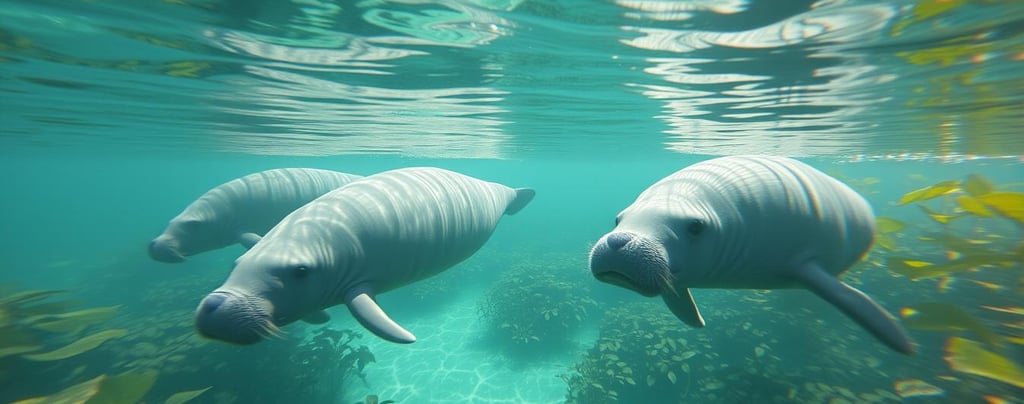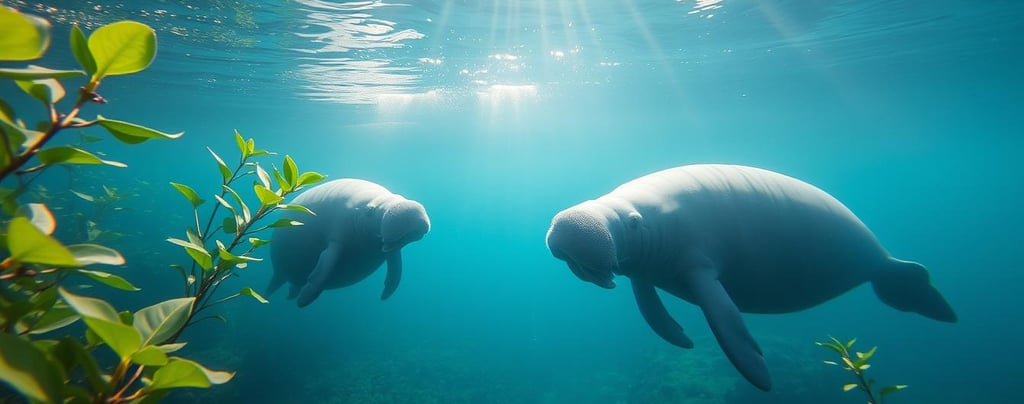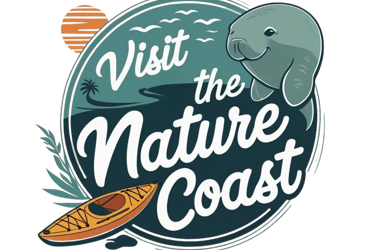Florida Manatee Gentle Giants Of Florida's Nature Coast
Florida Manatee: Gentle Giants of Florida's Nature Coast. You can certainly look, photograph, and observe, but don't touch. There are many ways to enjoy manatees and The Nature Coast
WILDLIFEMANATEESENVIRONMENTAL


Florida Manatees: Gentle Giants of the Nature Coast
Florida's warm coastal waters are home to one of the state's most iconic and beloved animals—the Florida manatee. Often called “sea cows” for their slow-moving, peaceful nature and herbivorous diet, manatees are a must-see for wildlife lovers, especially along the Nature Coast, where clear springs and coastal rivers provide vital habitat.
I have lived in this area for many years. The manatee is the subject of many conversations. Through these conversations, we have been able to give these animals a chance to repopulate while offering us humans entertainment and joy. With that in mind, here are some facts about the Nature Coast manatee.
What Is a Manatee?
The Florida manatee (Trichechus manatus latirostris) is a subspecies of the West Indian manatee. These aquatic mammals are part of the order Sirenia, a group of herbivores distantly related to elephants. They can grow up to 13 feet long and weigh more than 3,000 pounds, though most adults are smaller.
Despite their size, manatees are incredibly gentle, slow-moving creatures that spend most of their time grazing on seagrasses and aquatic plants.
Where to See Manatees in Florida
Florida's Nature Coast is one of the best places in the world to see manatees in the wild, particularly in the cooler months (November–March), when hundreds of manatees seek refuge in the warm springs.
Top Manatee Hotspots:
Crystal River / Kings Bay – The only place in the U.S. where you can legally swim with manatees
Three Sisters Springs—A crystal-clear sanctuary popular with snorkelers and kayakers
Homosassa Springs Wildlife State Park—A manatee viewing center with resident manatees
Weeki Wachee River—Spot manatees while kayaking this stunning spring-fed waterway
Chassahowitzka River—A more remote and peaceful manatee-viewing location
Why Manatees Need Warm Water
Manatees cannot tolerate water temperatures below 68°F for extended periods. During Florida's winter, they migrate to natural springs and power plant outflows that remain consistently warm. The Nature Coast’s spring systems—with their steady 72°F temperatures—are life-saving refuges for these mammals.
Conservation Status
Once listed as endangered, manatees were reclassified as threatened under the Endangered Species Act in 2017. However, manatee deaths in recent years due to starvation, boat strikes, cold stress, and habitat loss have sparked debate about whether that downgrade came too soon.
Major Threats:
Boat strikes—the leading cause of manatee injuries and deaths
Loss of seagrass—due to algal blooms and pollution in Florida's estuaries
Cold stress, especially in years with prolonged cold snaps
Entanglement—in fishing gear or debris
How You Can Help Protect Manatees
Respect Wildlife Laws:
Never touch, chase, or disturb manatees—it's illegal and harmful
Follow all no-wake zones when boating near manatee habitats
Use manatee-safe fishing gear and avoid discarding lines or plastics in the water
Support Conservation:
Visit state parks and sanctuaries that protect manatees
Donate to reputable manatee organizations (like Save the Manatee Club)
Report injured or distressed manatees to the FWC Wildlife Alert Hotline: 1-888-404-FWCC (3922)
Responsible Manatee Tourism Tips
Swimming with manatees can be a magical experience—if done responsibly. In areas like Crystal River:
Only book with licensed tour operators
Watch from a distance or float passively if you're in the water
Avoid splashing or sudden movements
Kayaking or paddleboarding is also a great, low-impact way to observe manatees without entering the water.
Here is our site for dedicated tour guides. www.manateeswimguide.com
Fun Manatee Facts
🐾 Manatees have no natural predators
🌱 They eat 60–100 pounds of vegetation every day
💨 Manatees must surface for air every 3–5 minutes, though they can hold their breath for 20 minutes when resting
👶 Baby manatees (calves) stay with their mothers for up to 2 years
🐘 Manatees are closely related to elephants
Experience Them for Yourself
Whether you’re kayaking the Chassahowitzka, snorkeling in Three Sisters Springs, or watching from a boardwalk in Homosassa, seeing a manatee in its natural environment is a highlight of any visit to the Nature Coast. Take your camera. Whether video or still shots, there are plenty of opportunities.
Bonus: Manatees on Our YouTube Channel
Check out drone footage, underwater clips, and educational content about manatees on our Visit The Nature Coast YouTube Channel. Don’t forget to subscribe for more wildlife adventures!
Learn More & Get Involved
Save the Manatee Club
Florida Fish and Wildlife Commission – Manatee Protection
Crystal River National Wildlife Refuge





